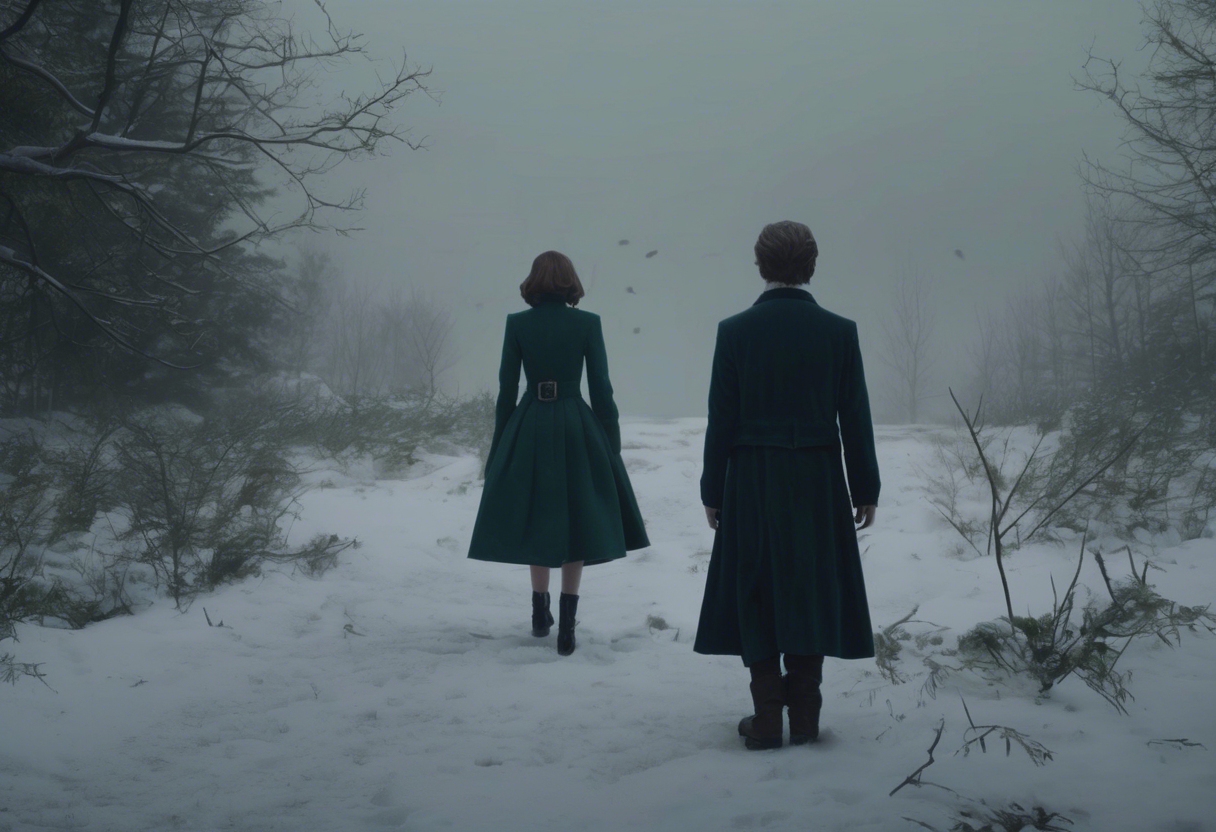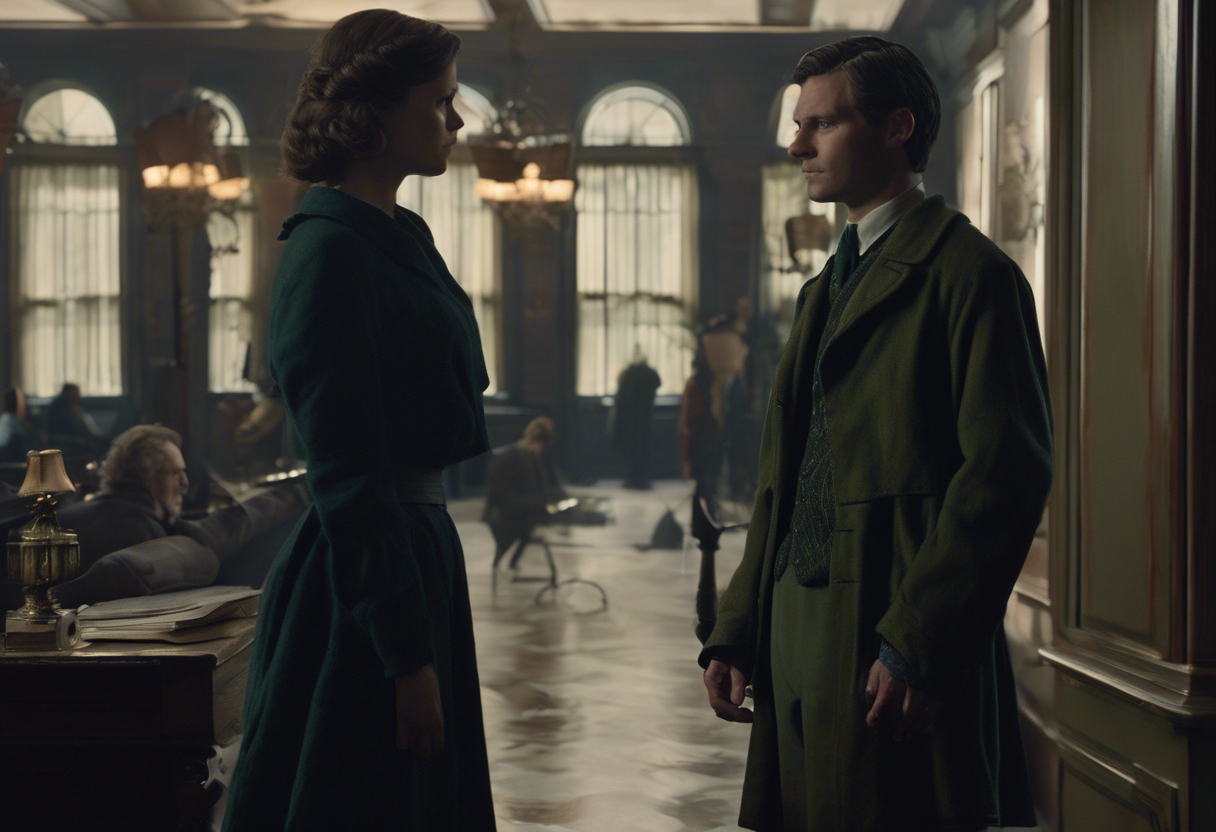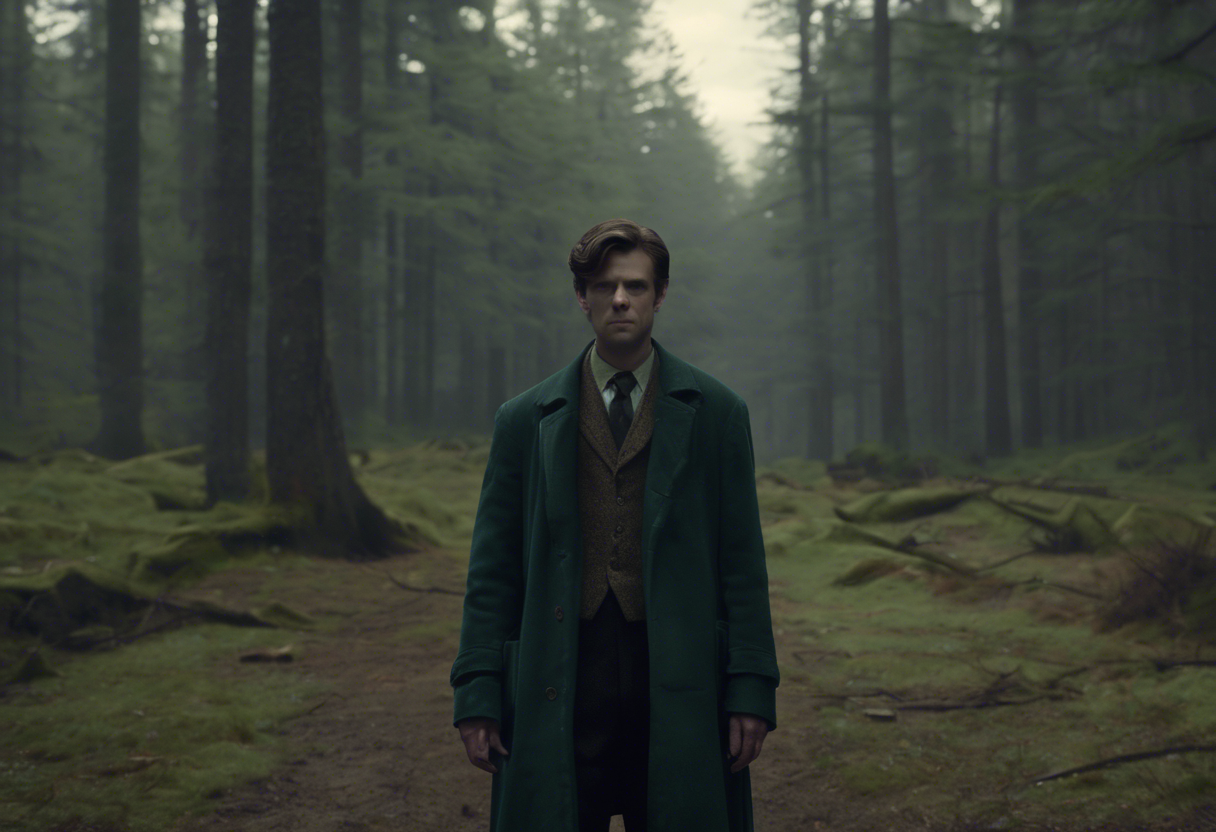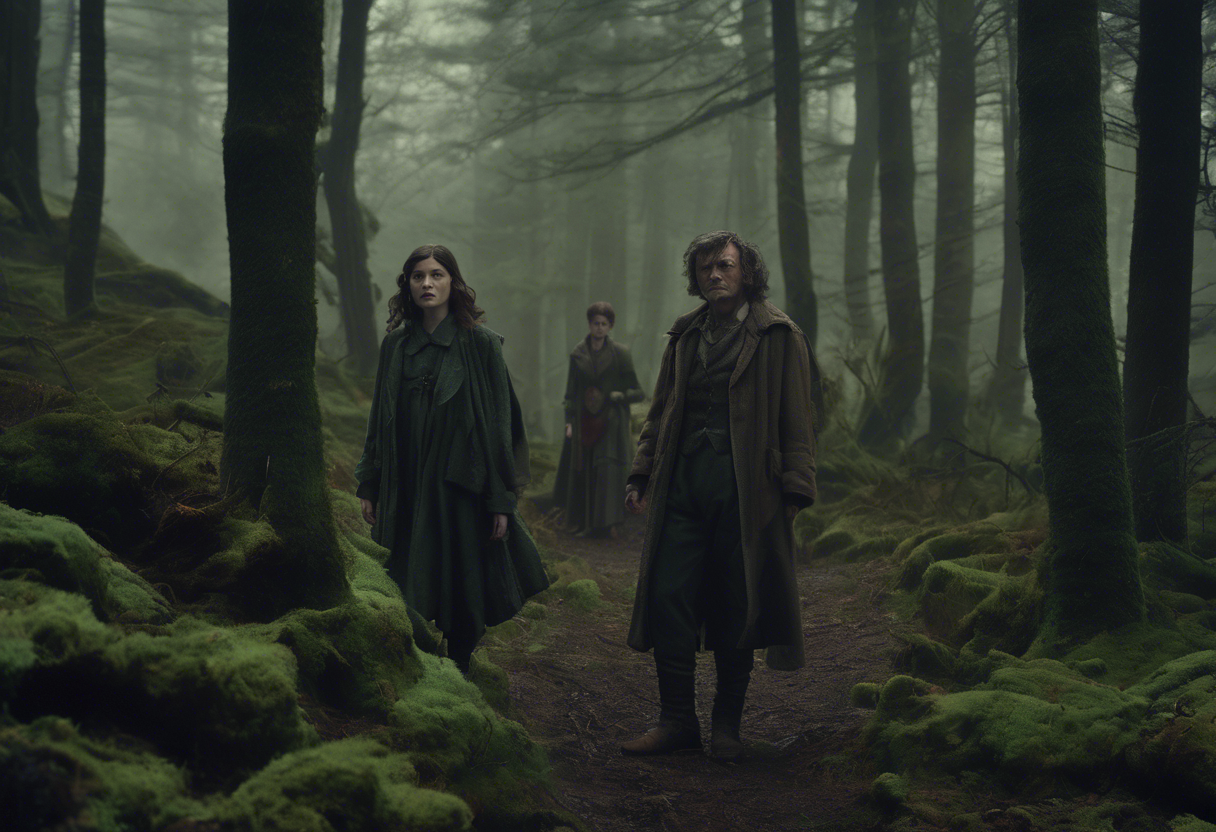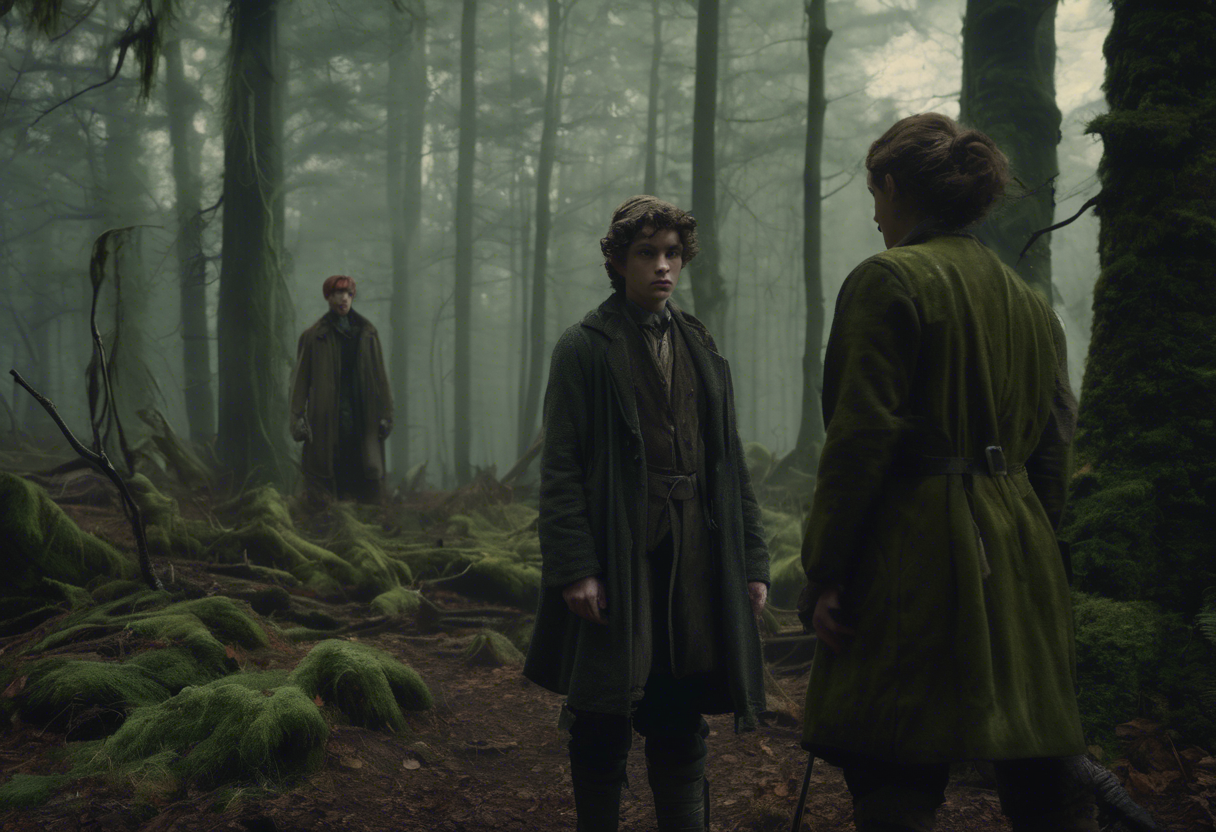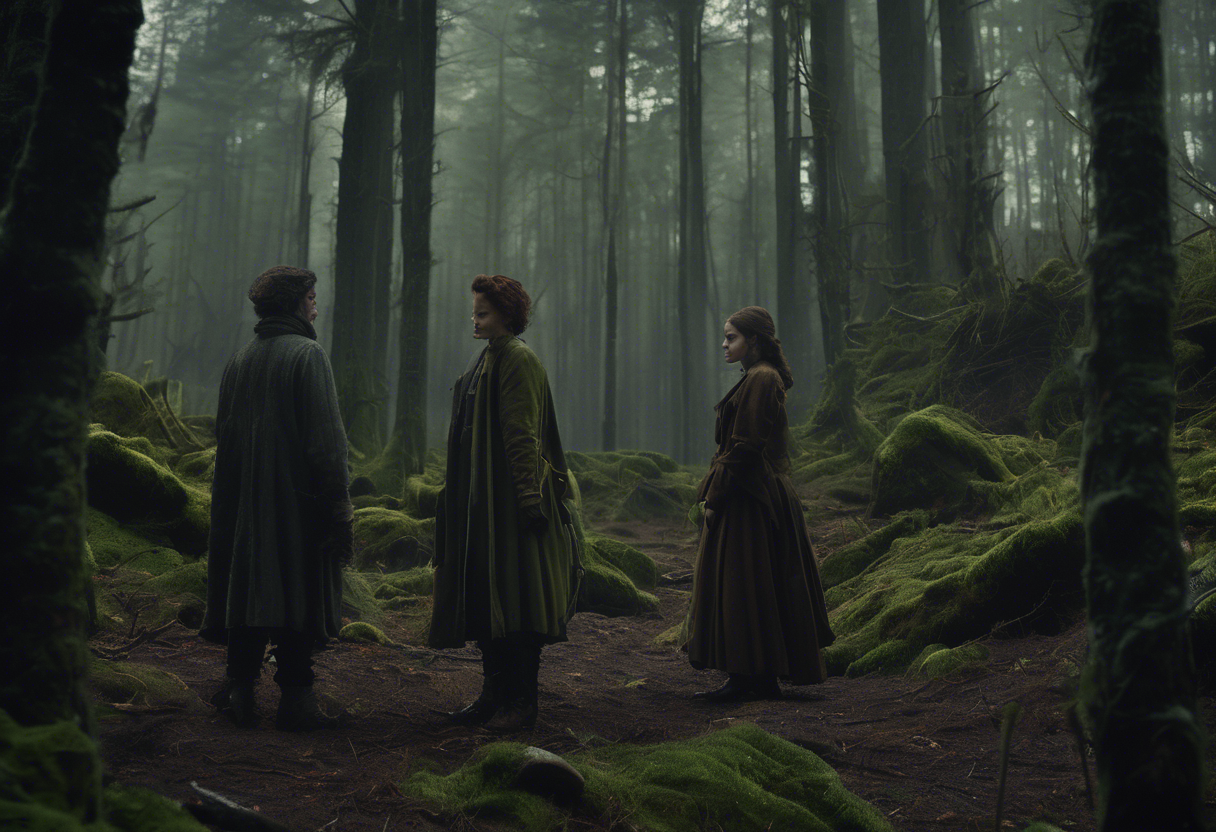Contents
Dark Season 1: Episode 3 – Past and Present
Introduction
"Dark," the German science fiction thriller television series created by Baran bo Odar and Jantje Friese, has garnered significant attention for its complex narrative and deep character development. The series, which ran for three seasons from 2017 to 2020, is notable for its non-linear storytelling and the interweaving of multiple timelines. Episode 3 of the first season, titled "Past and Present," is a pivotal installment that further complicates the mysteries of the fictional town of Winden.
"Dark" was the first Netflix original series produced in Germany, with principal photography beginning in October 2016 [2][4]. The show’s creators, Baran bo Odar and Jantje Friese, are known for their previous collaboration on the film "Who Am I – No System is Safe," which was a critical and commercial success in Germany [3].
The unique aspect of "Dark" lies in its intricate web of timelines, which span across several decades, including 2019, 1986, 1953, and even a glimpse into 2052 in the first season. This non-linear approach keeps viewers engaged and invested in unraveling the mysteries alongside the characters.
Plot Summary
Episode 3, "Past and Present," delves deeper into the lives of the characters in Winden, a small German town plagued by a series of mysterious events. The episode begins with Mikkel Nielsen, a young boy who has gone missing, and his family’s desperate search for him. However, as the story unfolds, it becomes clear that Mikkel’s disappearance is only the tip of the iceberg in a town where time seems to be intertwined in complex ways.
In 2019, the police investigation into Mikkel’s disappearance continues, with Inspector Ulrich Nielsen, Mikkel’s father, becoming increasingly obsessed with finding his son. Ulrich’s search leads him to question several residents of Winden, including the reclusive and enigmatic old man, Noah, who seems to know more than he is letting on.
Meanwhile, in 1986, we see a younger version of Ulrich, then a teenager, navigating his own family’s dark past. His father, Egon Tiedemann, a police officer, is investigating a series of child abductions that eerily mirror the events of 2019. The younger Ulrich’s interactions with his father and his friends, including a young Hannah Kahnwald, reveal the early stages of the complex relationships and traumas that will shape the future of Winden.
In 1953, the story takes a darker turn as we see the origins of the town’s troubles. A young Egon Tiedemann, then a police officer, is dealing with the aftermath of a child’s disappearance. This timeline introduces us to the sinister figure of Helge Doppler, whose actions will have far-reaching consequences for the town.
The episode also explores the personal lives of other characters, such as Jonas Kahnwald, who is struggling to cope with the loss of his father and the strange occurrences in his life. His relationship with Martha Nielsen, Mikkel’s sister, adds a layer of complexity to the narrative as they both try to make sense of the bizarre events unfolding around them.
As the episode progresses, the timelines begin to intersect in unexpected ways. The old man, Noah, is revealed to be a key figure in the mystery, and his true identity and motives start to unravel. The episode ends with a dramatic twist: Mikkel, who had been missing, is found in the woods, but he is now an old man, having traveled through time to 2019 from 1986.
This twist sets the stage for the rest of the series, which will delve deeper into the mysteries of time travel, family secrets, and the interconnectedness of the characters across different timelines.
Themes and Symbolism
"Past and Present" is rich in themes and symbolism that are central to the overall narrative of "Dark." One of the primary themes is the cyclical nature of time and the inevitability of fate. The episode shows how events in the past are inextricably linked to those in the present and future, suggesting that the characters are trapped in a cycle from which they cannot escape.
The character of Noah is symbolic of the destructive power of knowledge and the consequences of meddling with time. His enigmatic presence and cryptic messages add to the mystery, highlighting the danger of uncovering secrets that are meant to remain hidden.
The use of the forest as a setting is also symbolic, representing a place where the boundaries between different timelines are blurred. The forest is a space where characters can move between different eras, symbolizing the fluidity of time in the world of "Dark."
Cultural Impact
"Dark Season 1: Episode 3 – Past and Present" was well-received by audiences and critics alike, contributing to the series’ growing popularity. The episode’s complex narrative and unexpected twists kept viewers engaged and speculating about the mysteries of Winden.
The series, including this episode, has had a significant influence on pop culture, with many praising its unique storytelling and atmospheric setting. "Dark" has been referenced in various other media, including discussions on time travel and complex narratives in television.
Critical Reception
Critics praised "Past and Present" for its masterful storytelling and the way it deepened the mystery of Winden. The episode was lauded for its ability to balance multiple timelines without confusing the audience, a feat that many series struggle with.
Viewers also responded positively, appreciating the episode’s slow-burning tension and the way it expanded on the characters’ backstories. The twist at the end, revealing Mikkel’s fate, was particularly praised for its shock value and narrative impact.
Legacy
"Dark Season 1: Episode 3 – Past and Present" has left a lasting impact on the world of television. The episode’s innovative use of non-linear storytelling has influenced other series to experiment with complex narratives.
The series as a whole has become a benchmark for sci-fi thrillers, and "Past and Present" is a standout episode that showcases the creators’ skill in weaving together multiple storylines. The episode’s themes of time, fate, and the interconnectedness of characters continue to resonate with audiences, making it a memorable and influential part of television history.
References
- https://en.wikipedia.org/wiki/Dark_(TV_series)
- https://about.netflix.com/news/dark-the-first-netflix-original-series-produced-in-germany-commences-principal-photography
- https://en.wikipedia.org/wiki/Baran_bo_Odar
- https://about.netflix.com/news/1899-creators-of-dark-start-production-for-new-netflix-original-series
- https://www.1ofmystories.com/2020/06/netflix-dark-season-1-episode-3-recap.html

